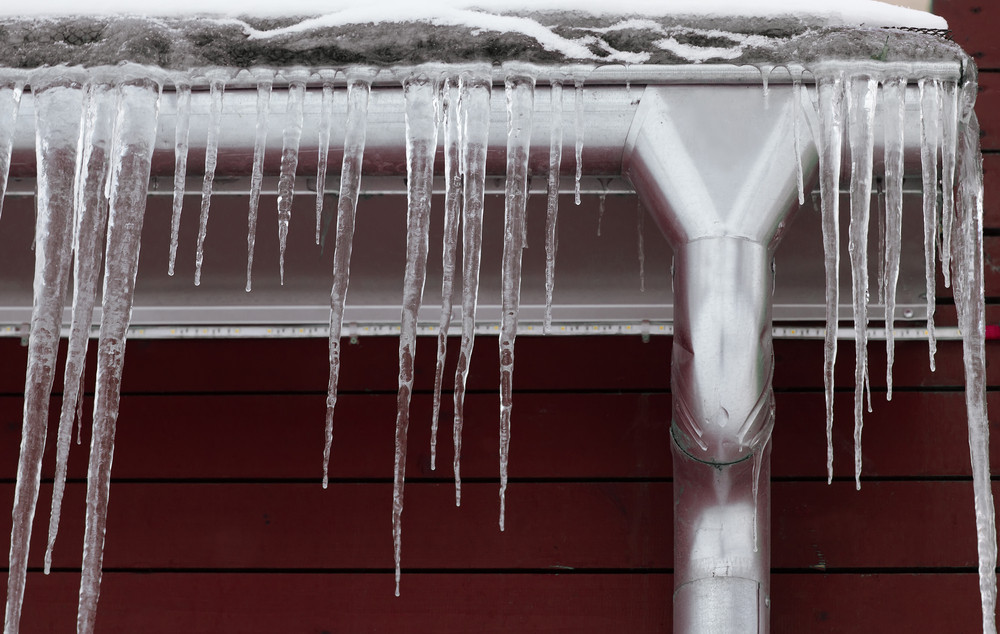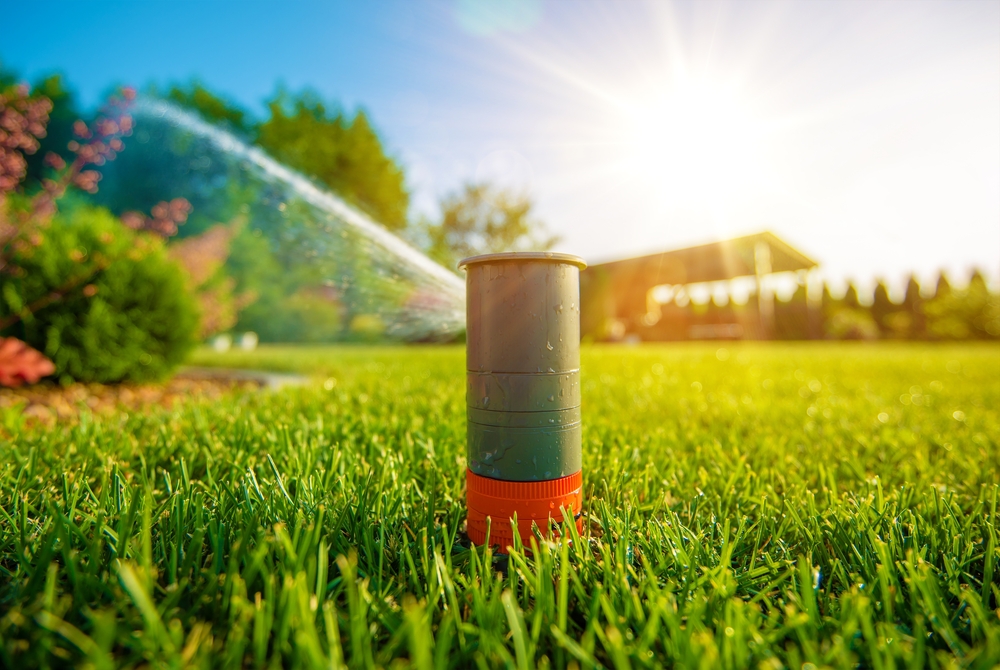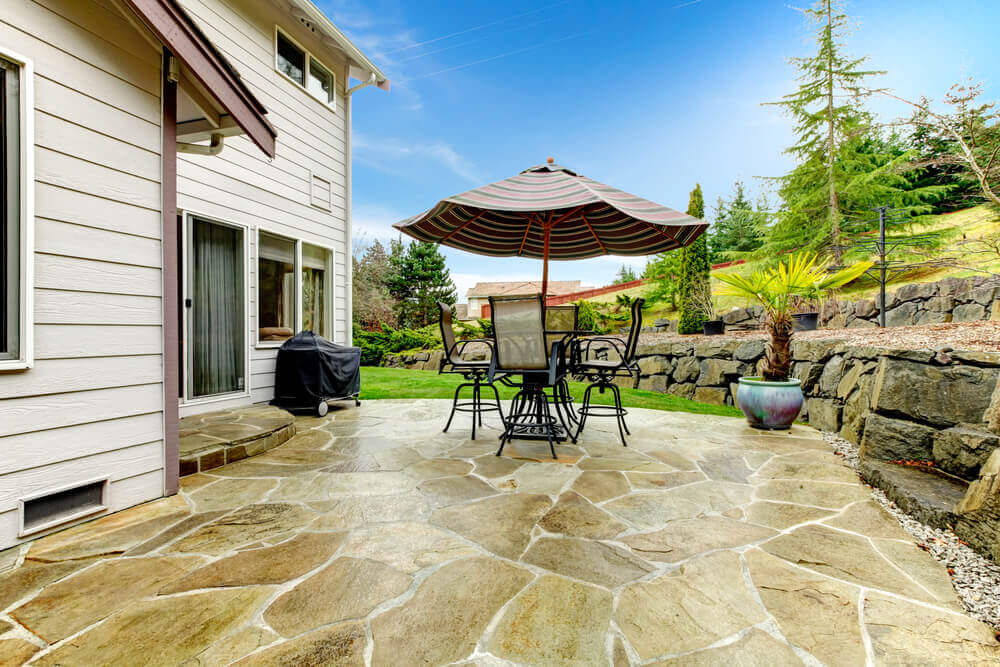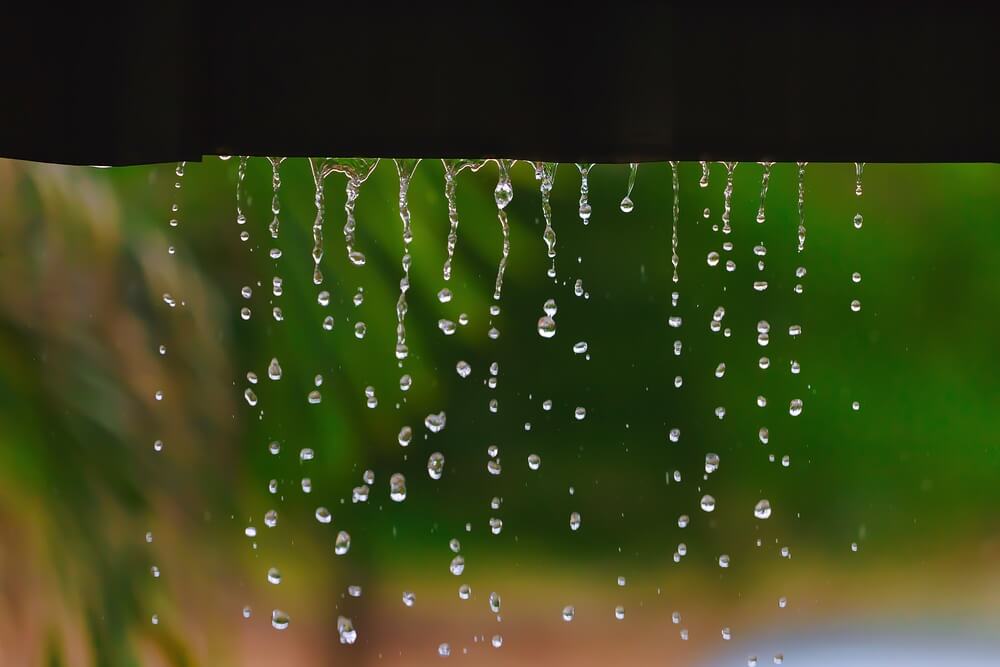Create or Modify Drainage Systems Carefully During Periods of Flooding, Heavy Rain
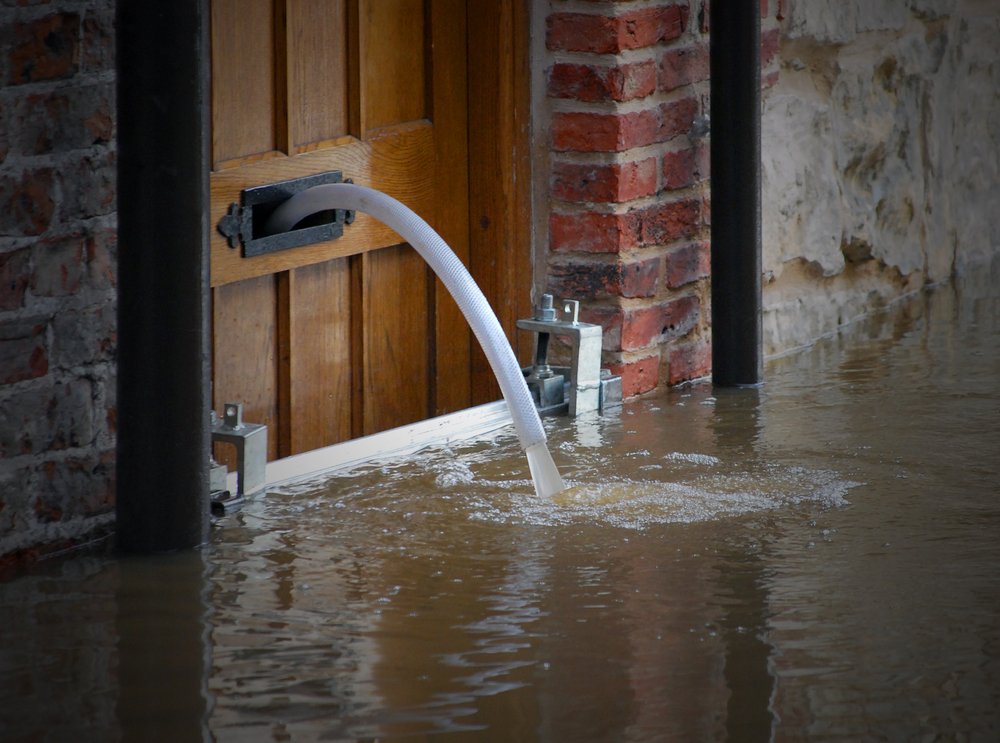
Some home landscape drainage systems have been put to the test by recent heavy rains and flooding throughout parts of Texas and Oklahoma. Many properties that traditionally haven’t had problems diverting water away from structures and off the grounds suddenly have had issues with erosion, standing water and even flooding.
Sometimes, persistent rainfall is simply no match for even the most effective drainage systems on landscapes, says one landscaper who specializes in rental properties.
“There is a common misconception that a network of drains will remove water no matter what,” says Earthworks DFW President Chris Lee. “The truth is, areas that haven’t been a problem until recent steady and frequent downpours are probably adequately draining under normal circumstances. When the heavens open and dump six inches of rain in one night on saturated ground, no landscape can sufficiently handle the water.”
Lee says property owners and managers should refrain from rushing to judgement to fix a problem that may not exist again for another 30-40 years. Drainage systems are expensive to install, and if they are only needed to alleviate only periodic heavy rains it may be money down the drain.
“If you’re addressing a problem that occurred in a 30-year storm, there probably isn’t a solution,” he said. “You could be spending money down the drain.”
Careful planning and evaluation needs to go into any modifications to existing drains, especially those that have been doing their jobs under normal conditions. Lee recommends keeping a few things in mind when hiring someone to installing additional drainage or maximizing the effectiveness of the existing system:
Understand the difference between short-term and long-term drain solutions
Know the difference between short-term drainage and long-term drainage solutions. Equipment like sump pumps and piped drains are more immediate solutions that require maintenance and are subject to failure. A non-working pump or clogged pipe will prevent water from being dispersed off the property and potentially result in significant damage.
On the other hand, creating troughs, berms and swales to divert and redirect water, when possible, are longer term solutions. Re-grading or digging an area on the property to a specific depth and width to control and direct a normal amount of down flow is required.
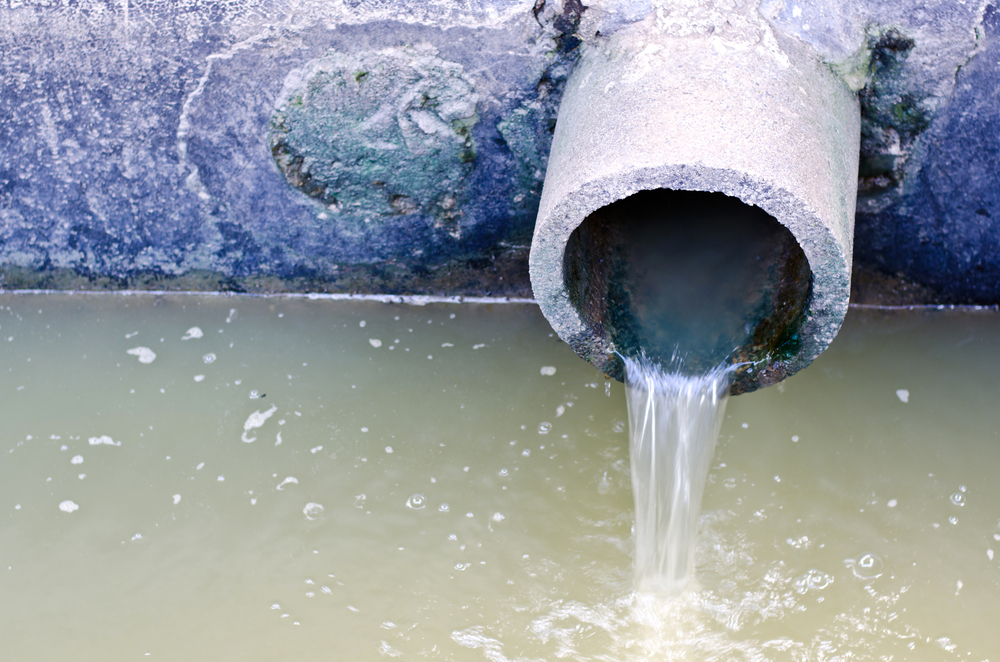
Correctly installed pipe systems may be best solution for some properties
Because a swale or berm system requires significant green space it may not be the ideal solution for many properties, especially those with small yards or difficult elevation changes. A pipe-based system with drain boxes using either corrugated or perforated pipe or solid piping may be the best bet.
“If you have obvious low spots, solid pipe with drain boxes added in each area is a good solution,” Lee says. “This system can be installed by digging a trench a few inches wider than the pipe and as deep as needed to make sure you have continual drop in elevation for the length of the pipe.”
A perforated pipe system is ideal for areas where moisture needs to be captured over a large area with no clear low spot or spots, like along foundations or fence lines. Placing a “sock” or thin fabric sleeve around the submerged pipe will help prevent the system from clogging. If you’re using a four-inch pipe, dig a 12” x 12” trench and surround the pipe in rock or pebbles. To make the system more maintenance free, install weed blocker along the channel.
Networked downspout systems will take water directly to storm drains
Downspouts that tie directly into above-ground or underground drains will divert water away from the home if properly installed.
Lee says incorrectly installed downspouts can cause more drainage enjoys than they resolve if not effectively tied into a network of pipes that removes the water. Also, incorrectly installed splash blocks can contribute to erosion or debris that clogs systems.
“Ideally, downspouts should be tied into an underground drainage system that channels water to storm drains without ever dumping onto the property,” Lee said. In some cases, the best solution may be to divert the water to a driveway or street.
Lee said the key is for the spouts to tie into a flow pipe that is large enough to handle the volume of water coming from multiple pipes. Also, don’t tie in too many downspouts and surface drains into the same pipe.
“The drain boxes can become exit points for the rapidly flowing water rather than a catch point to divert ground water.”
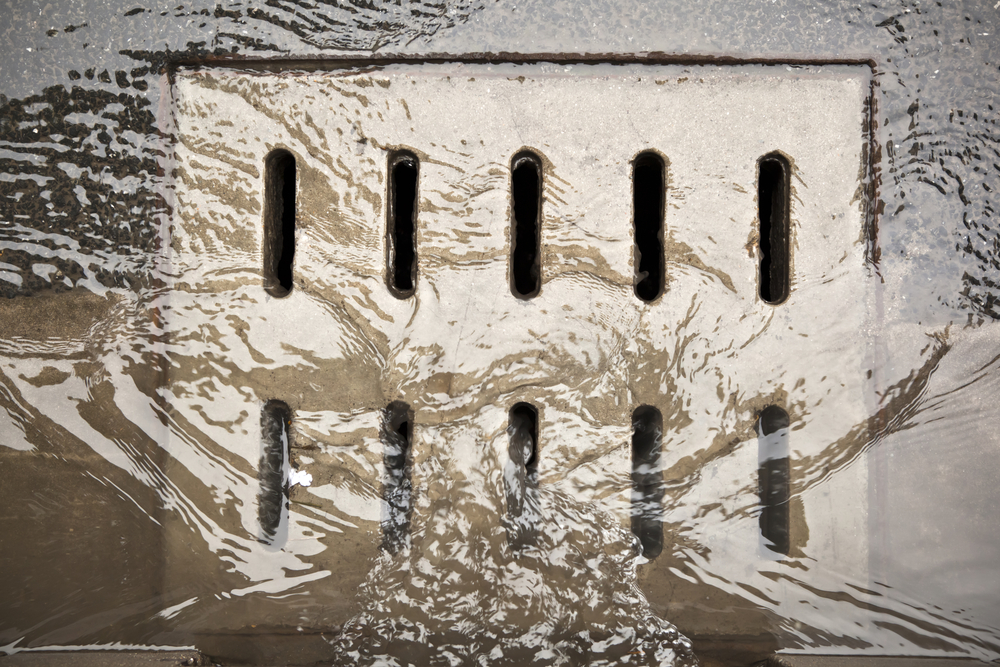
Hire drainage experts who know how to move water
Lee says property owners should be choosy and check references when hiring a company to fix drainage issues.
“Not everybody who says that they are drainage experts really know how to solve your problem,” he says. “Make sure you really address the problem and get it corrected right the first time. Don’t cut corners and, most of all, don’t expect more than physically possible, especially when the weather is off the charts.”



